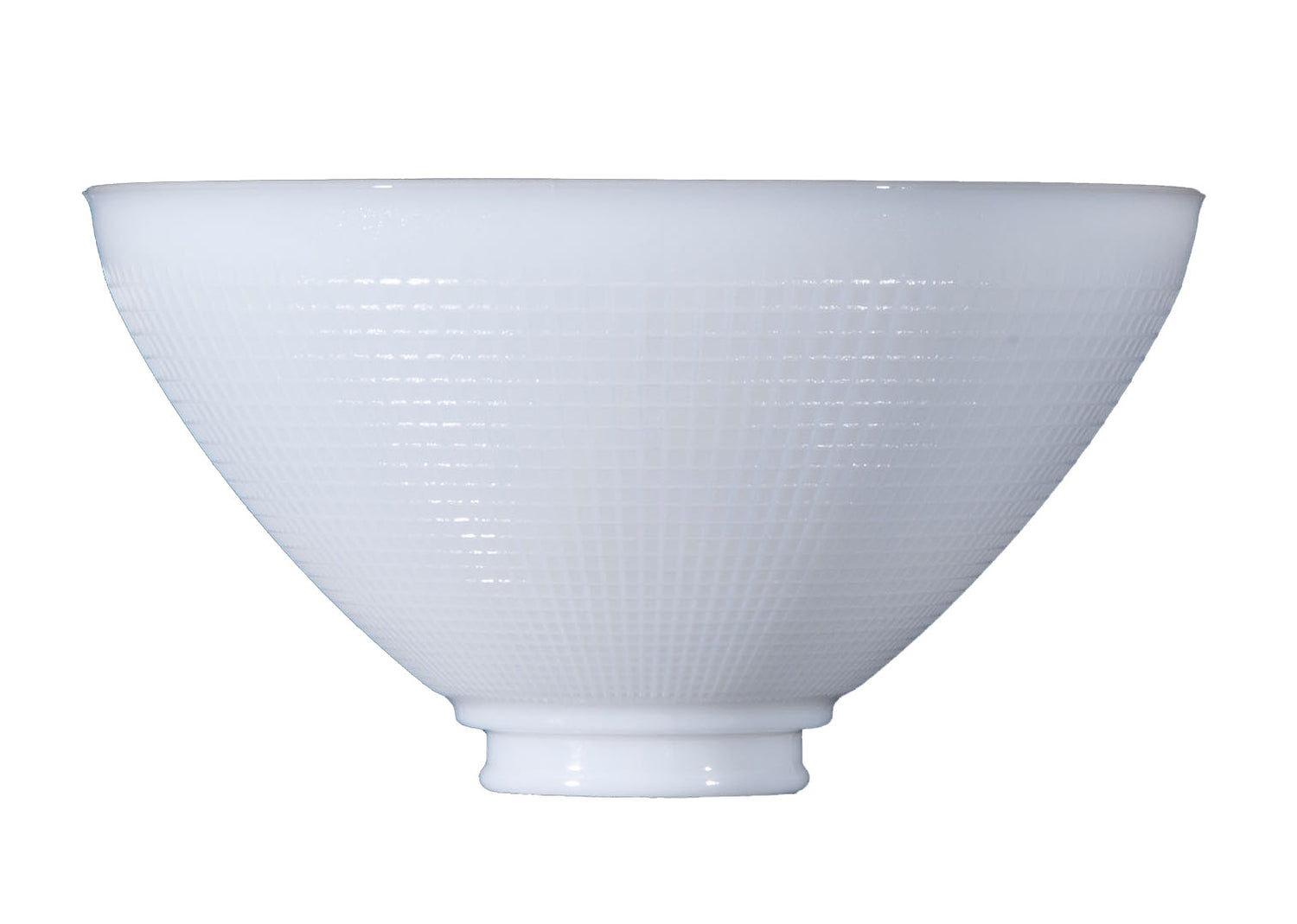Antique Lamp Maintenance
Guide to Antique Lamp Care and Conservation
Antique lamps are highly collectible, but most people value them for the exquisite quality one might only expect from a genuine antique. Oil lamps, desk lamps, and lamps of all kinds require regular care and maintenance. With routine cleaning, you can ensure that your lamp is preserved and looks great for years to come. We recommend wiping down any metal parts of your lamp at least once every six months to prevent the build-up of dirt, grime, or other pollutants. Metal polishes are specially formulated for the unique qualities of each metal, so carefully follow any directions given by the manufacturer. Take great care when cleaning glass, porcelain, or other delicate materials. In this helpful guide, we review best practices and tips for antique lamp maintenance. Keep reading to learn more.
Antique Glass Lamps
Glass lampshades span a broad spectrum of materials and styles. Glass that looks mostly green is likely made from jadestone. Art glass or stained glass tends to look opaque or painted on. Beveled lampshades often feature folds or creases that are quite delicate. As a rule of thumb, you can safely use ammonia-free cleaners or polishes. Avoid any products made with ammonia, vinegar, or acidic liquid. Glass lamps are sometimes made with metal, and the wrong cleaner can harm these metal settings. Cleaning wax or furniture polish with a lemon-oil base will preserve the gleam of the glass, stone, or paint, as well as protect any metal fittings from rust. Do not make the mistake of cleaning your lamp with warm, soapy water. Use soft, microfiber cloths to rub your lamp gently in firm, circular strokes. Use cotton swabs for hard-to-reach nooks or crannies.
Antique Metal Lamps
Antique lamps are made of many materials, and metal is one of the most prevalent. Metal lamps of advanced age may acquire a permanent and pleasing patina, becoming dark green, brown, or black over time. As long as there is no deterioration of the metal, this patination should not be disturbed. You can sparingly use transparent wax polish to carefully remove dust with a silk cloth. To clean a normal bronze, wash the lamp base with a very mild soapy solution, and dry thoroughly before applying a little fine wax polish. To restore lacquered brass, remove the lacquer with polish remover or ammonia in a well-ventilated area. Wash the lamp with soapy water and wipe dry. Apply brass cleaner to a clean cloth and wipe, working in the direction of the grain. Allow the cleaner to dry and wipe away film by buffing with a clean microfiber cloth. Take your lamp outdoors and apply a light coat of lacquer or polyurethane spray.
Antique Oil Lamps
There are three types of antique oil lamps: flat wick, central draught, and mantle. Flat wick lamps are most common. Maximize the full light output from your antique oil lamp by cleaning it and keeping the fuel topped off. Most oil lamps are comprised of a chimney, a burner, a regulator, a collar, a fuel reservoir, and a base. Clean the chimney, reservoir, and base of dust or soot with warm, soapy water and a clean towel. Once clean, rinse with hot water and let the glass components stand to air dry. Clean the burner under running water with a metal brush to remove ash. If you find any carbonized pieces of wick in the burner mechanism, use a toothbrush to remove. Replace the wick frequently, and trim any loose threads with a pair of scissors. Refill the reservoir with lamp oil or liquid paraffin to the desired level. Screw the burner back into place. Allow the wick to saturate in the oil for at least an hour before use.
Tips for Wick Installation
Lamp wick is one of the most important components of any lamp with a kerosene burner. If the wick does not properly absorb and transport fuel to the top of the burner for combustion, there is little chance that the burner or oil lamp can reach its full potential. If you own a center draft lamp or something similar, you should remove the top of the gallery to measure the height of the draft tube. Add one inch to your measurement, and you have the proper wick length. Most lamps use a clamp that closes to secure the wick. Raise the clamp to engage a wedge that forces the clamps apart, so you can carefully insert the new wick between the draft tube and the clamps. Ensure that the wick can raise and lower properly before adjusting the height.
If your lamp uses a set of pins to securely hold the wick, you can use a razor knife and an empty plastic jug to create a wick guide. If the wick-holding pins are pointed outward, slip the wick guide around the pillar, slip the wick over the wick guide, position the wick at the proper height, and pull out the wick guide while holding the wick firmly in place. If the pins are pointed inward, slip the wick guide between the arms and the central air pillar, slide the wick between the wick guide and the tube, position for height, and pull the wick guide out while holding the wick firmly in place with the aid of needle nose pliers. Ensure that the new wick is level on top to avoid any flame spikes, which are caused when the wick is too high. The wick should be able to retract at least a half inch below the top of the wick tube to extinguish.
If you have any questions about this guide or would like to learn more about our antique lamp parts selection, please contact Antique Lamp Supply today for additional information or further assistance. If you need help with your fixture, please email or text us a photo of your lamp, a description of the problem, and your phone number.

